Ring Jacket is a house whose members serve as the color guards for a company of eclectic tastes. The company and Instagram feed depict classic styles, modern inspirations, and looks that defy categorization.
The sixty-one year old company endearingly tags their staff as “Ring People,” a title each wears with pride. At Ring Jacket Aoyama, I had the chance to meet and speak to Mr. Keiju Tsuda. I followed the frayed edges of a tear that epauled the shoulder of his veteran Barbour Bedale to a café near the flagship.
On our way for a reviving cup, he admitted that although his English was the best of the team, it was nowhere near good enough to hold a conversation with me.
“When I lived in Scotland, I had to drink to be able to speak English to the locals in the pub.”
“How was that?” I inquired.
“Well, I drank a lot!”
Over a much more sober tap, Keiju shared stories of his beginnings as a fashionista, a favorite suit, lessons from a local mentor, and a long-established love for surfing.
Please meet Keiju Tsuda, a Ring Person.
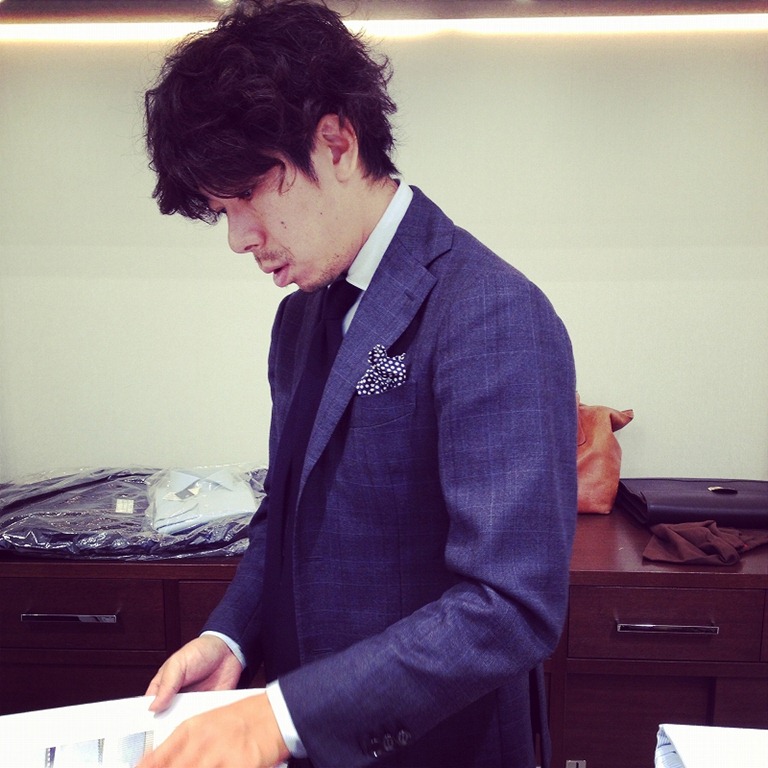
Chris Tuazon: Keiju, how long have you been with Ring Jacket?
Keiju Tsuda: I have been working with them for two years now.
CT: And how long have you been working with suits?
KT: About, ten years. I graduated from university in 1997, and my first job was with agnès b. I worked for there for five years, and then went to UK to study English for 8 months. When I came back, I worked for Prada for two years. I then worked for a Japanese tailor here for seven years.
CT: I have noticed a range of styles here in Japan, with a noticeably international flavor from look to look. What do you think is the Japanese style of suits?
KT: Typically, people here prefer the British style. The more knowledgeable in fashion like Italian.
CT: And I guess you prefer Italian as well?
KT: Yes, it’s very nice!

CT: Why is that?
KT: They have a culture of sewing by hand, especially in Napoli. Our style is close to the Napoli style because our suits are done in large part by hand. It is not usually possible for a typical Japanese factory to do this because it interrupts efficiency, but we understand the value of this process.
There’s another thing: I think they have their own beautiful sense. You know the Japanese kimono. The kimono is very two-dimensional, but Italian clothing has three dimensions. The culture and thinking is very different from Japanese, so I’m very impressed by their history and culture.
CT: Can you tell me, as far as suits go, how did you become passionate to follow suits as your career?
KT: When I was a teenager, I was what you’d call a fashionista. I really liked the Gucci and Prada collection when I was eighteen or nineteen. And I realized their suits are made by Sartoria Attolini. That was my first step that interested me into men’s clothing.

CT: And that’s where you started to fall in love with suits?
KT: Yes, that was the first time. And I think, especially in Japan, people mostly like the casual style, but suits and men’s clothing will never disappear because this clothing has such a long history, which we appreciate.
CT: Do you have a favorite suit of yours?
KT: I once ordered a suit Barney’s, a Belvest. That was twenty years ago, and I still have it in my closet.
CT: What’s it like?
KT: It is a beige and orange windowpane in linen, wool, and cotton. Fully lined. At first, the jacket had shoulder pads, but last year I removed them.
CT: To have a suit for twenty years is impressive. Can you feel that age in the suit as you wear it?
KT: Yes! Even though the fit is not as good as my Ring Jackets, I’ll never throw it out. It’s truly a memorial item for me.

CT: What were some lessons from your mentors in tailoring that you think has been most valuable?
KT: Definitely fitting techniques.
CT: What about fitting is important?
KT: The human body is 3-dimensional, but the fabric is 2-dimensional. You must take an iron, add water, strength, and heat so that cloth can have the dimension to fit the human body.

CT: What’s a good way to understand this?
KT: Experiencing three-dimensionality of the human body. Walking, exercising, hobbies.
CT: What hobbies do you have?
KT: Surfing.
CT: Have you been surfing for a long time?
KT: About ten years now.
CT: Longboard or shortboard?
KT: Shortboard. I ride a classic single-fin from Joel Tudor. It’s best for the classic riding style.
Did you live in California?
CT: I grew up near Los Angeles and San Diego.
KT: Wow, very nice!

CT: I’m no good at surfing, though; I did more bodyboarding and bodysurfing.
KT: I haven’t tried bodysurfing, but surfing is very exciting.
CT: You know, when we were driving back from Mt. Fuji, we drove past a beach town, and there were so many people surfing, running, cycling. It was just like San Diego.
KT: Ahh yes.
CT: Have you ever been to California?
KT: Just once. Two years ago, before Ring Jacket. My cousin lives in Los Angeles, and that was my first time to visit the United States. I’ve been to Europe several times, but my one visit to the United States was full of good experiences.
CT: Did you remember where you paddled out?
KT: Hmm . . . San Onofre. A very great spot. Much better than Japan!
CT: That’s right near where I lived! San Onofre, Can Clemente, Cardiff.
KT: Oh yeah yeah yeah! I also went to Huntington Beach.
CT: The Wedge?
KT: Yes!
CT: That place is very famous in California. Did you surf?
KT: No, it was too big! I only watched. Very big waves.
CT: Huge. You can feel it in the ground.
KT: Hahaha yes!
At this point Keiju takes out his phone to show me pictures of his surf sessions and pit barbecues in California
CT: For me, growing up in California, wearing a suit is not very common at all, unless you’re in Los Angeles. Especially in San Diego, you can get by on a shirt and cargo shorts after a morning at the beach most of the year. Is your personal style geared towards your passion for suits, or your love of surfing?
KT: Both, because I think Tokyo is very special. We can get any scene, any type of style. I think, when I go surfing, then I usually wear the casual style. But if we go to Ginza, then I think I should wear a jacket. It really depends on the place. I think good style depends on the point or area.

CT: So based on which part of Tokyo or what situation you are in, you can enjoy totally different styles.
KT: Yes. So I think Tokyo is special in this way.
CT: That’s the biggest thing I’ve noticed in my visit here. Taking the subway and buses from Akasaka to Minato, I caught so many different styles. Fashionistas, bankers, even yesterday some kid in a Shetland uniform with high socks and a tweed cap.
KT: Ahh, yes. That’s right.
CT: In the diverse style of Japan, what keeps Ring Jacket relevant?
KT: There are always people here who need high-quality suits and jackets. Men come to our shop and trust our long history.

All photos courtesy of the Ring Jacket Meister Aoyama Blog
Follow Keiju on Instagram

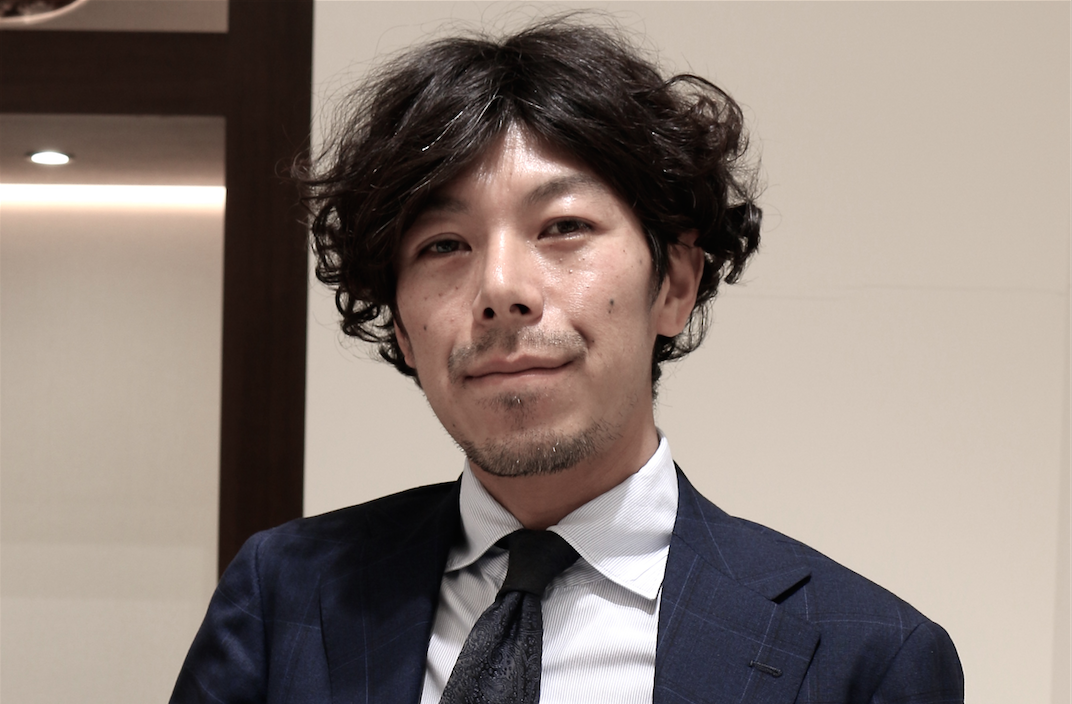

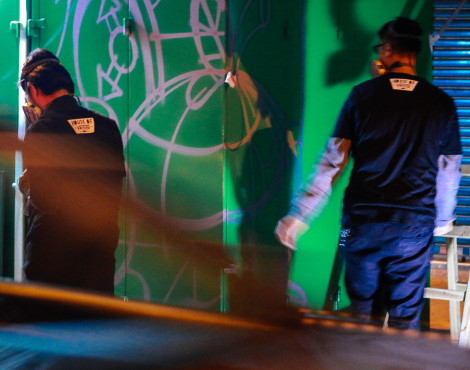
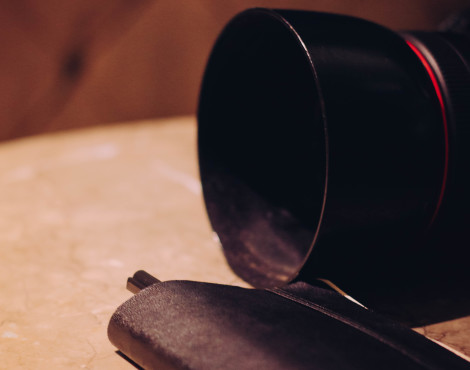
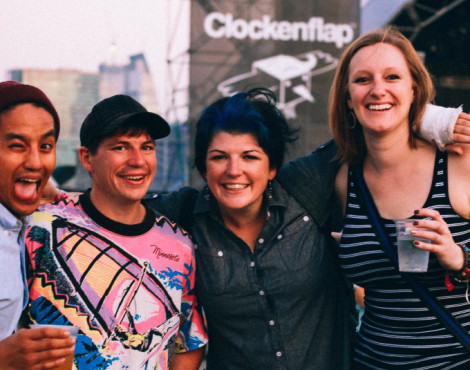
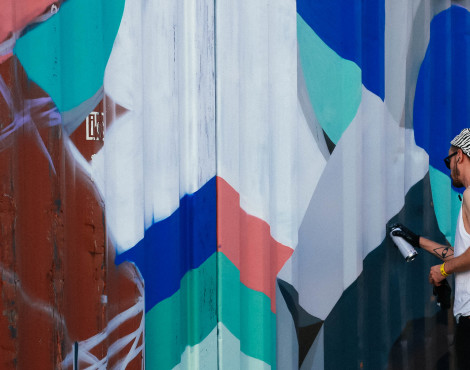
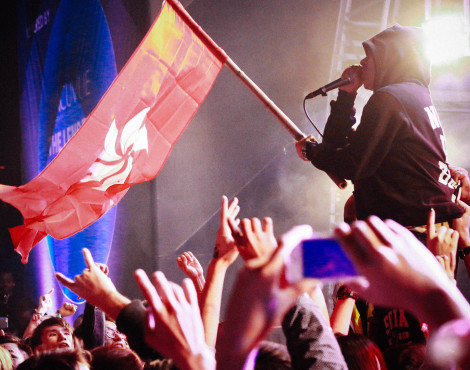
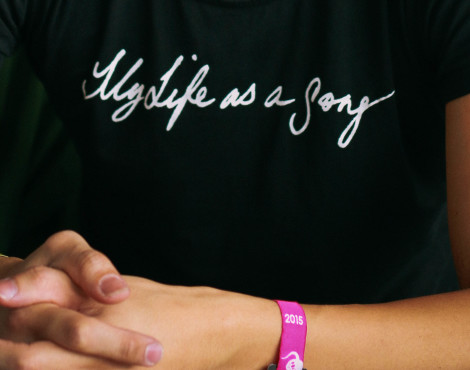
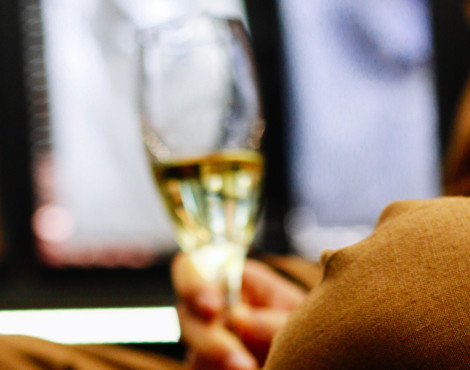
Hi!I agree with you when you say that Italian fashion both for men and for women has a particular historical and cultural depth that is so fascinating, especiallly for who’s not from Europe.